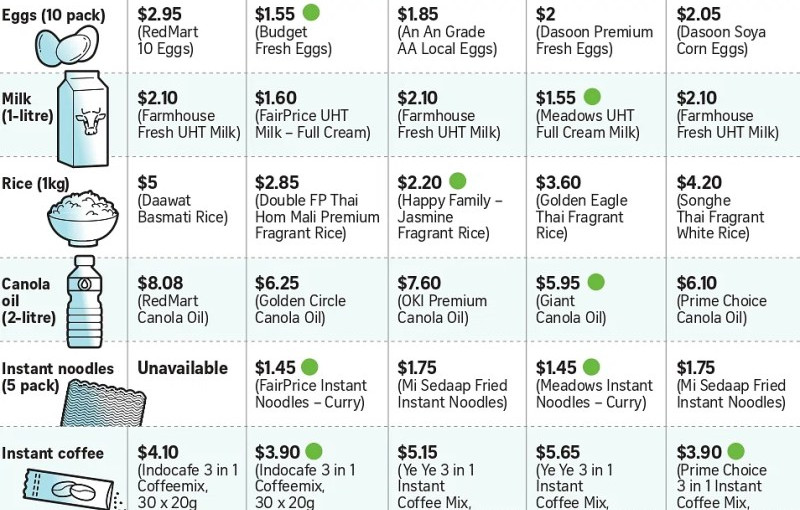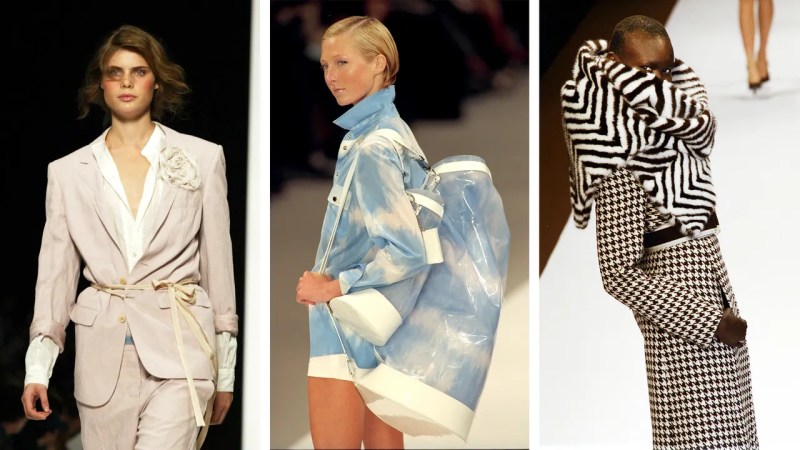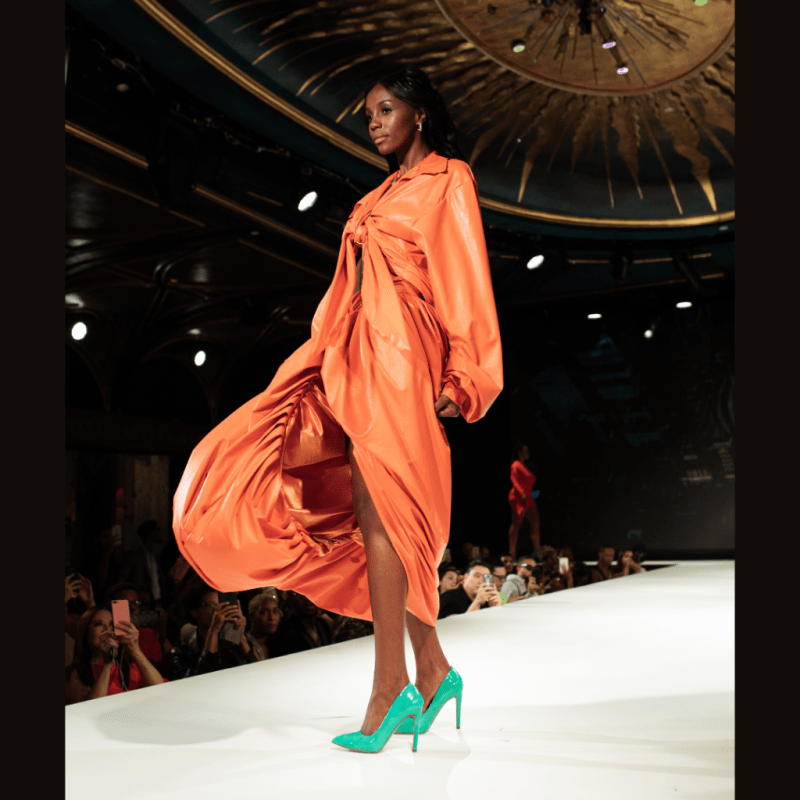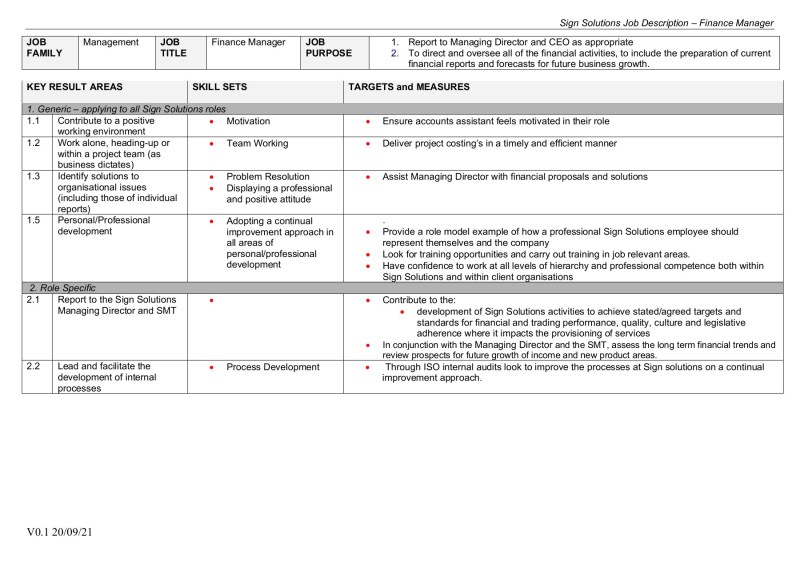Where Do Shops Buy Their Products
Where Do Shops Buy Their Products – A retail store is a store that offers a wide range of consumer goods in different areas of the store, with each area (“department”) specializing in a product category. In modern major cities, the department store made a dramatic appearance in the mid-19th century, permanently changing shopping behavior and the definition of service and luxury. Similar developments took place in London (with Whiteleys), in Paris (Le Bon Marché) and in New York (Stewart’s).
Today, departments often include: clothing, cosmetics, DIY, furniture, gardening, hardware, appliances, housewares, paint, sporting goods, toiletries and toys. In addition, other product lines are sometimes included, such as food, books, jewelry, electronics, stationery, photography equipment, baby products, and pet products. Customers usually pay off before shopping at discount stores, while traditional high-end stores have sales counters in every department. Some stores are one of many within a larger retail chain, while others are independent retailers.
Where Do Shops Buy Their Products

Since the 1980s they have been under heavy pressure from discounters, and since 2000 they have been under even more pressure from e-commerce sites.
Buying Local: The Pros And Cons Of Purchasing Your Goods Locally
Some sources may refer to the following types of stores as department stores, even though they are not generally considered as such:
One of the earliest shops in the department may have been Bnett’s in Derby, which was first established as an ironmonger’s (hardware) store in 1734.
It still stands and trades in the same building. However, the first reliably dated department store to be established was Harding, Howell & Co., which opened in 1796 in Pall Mall, London.
(The oldest retail chain in the department may be Debhams, founded in 1778 and closed in 2021. It is Britain’s longest defunct retailer.) An observer writing in Ackermann’s Repository, a British magazine of contemporary taste and fashion, described the terprise in 1809 as follows:
Open A Shop On Creative Market
The house is one hundred and fifty meters long from front to back and quite wide. It is tastefully furnished and divided by glass walls into four departments for the different branches of the extensive business carried on there. The first department, which deals exclusively with the sale of furs and fans, is immediately thrilled. The second contains all kinds of haberdashery, silk, muslin, laces, gloves, etc. In the third shop on the right you will find a rich assortment of jewelry, decorative objects in ormolu, French clocks, etc.; and on the left with all the different types of perfumes needed for the toilet. The fourth is for hats and dresses; so there is no woman’s dress or adornment, except what can be obtained here in the first style of elegance and fashion. This fear has been perpetuated for the past twelve years by the Perst owners, who have spared no effort or exposure, to secure superiority over all other countries in Europe and to make it absolutely unique in its kind.[9]
This company has all the basic characteristics of a department store; it was a public store with a wide range of consumer goods in different departments. Jonathan Glancey writes for the BBC:
Harding, Howell & Co focused on the needs and desires of fashionable women. Here they could finally walk and shop freely, safely and decently, far from home and society. They were largely modern, middle-class people; their fortunes – and the department store itself – were fueled and shaped by the Industrial Revolution. It transformed life in London and across the length and breadth of Britain at breakneck speed against a backdrop of vigorous free trade, productive inventions, steam and sail, and a seemingly inexhaustible supply of inexhaustible cheap labour.
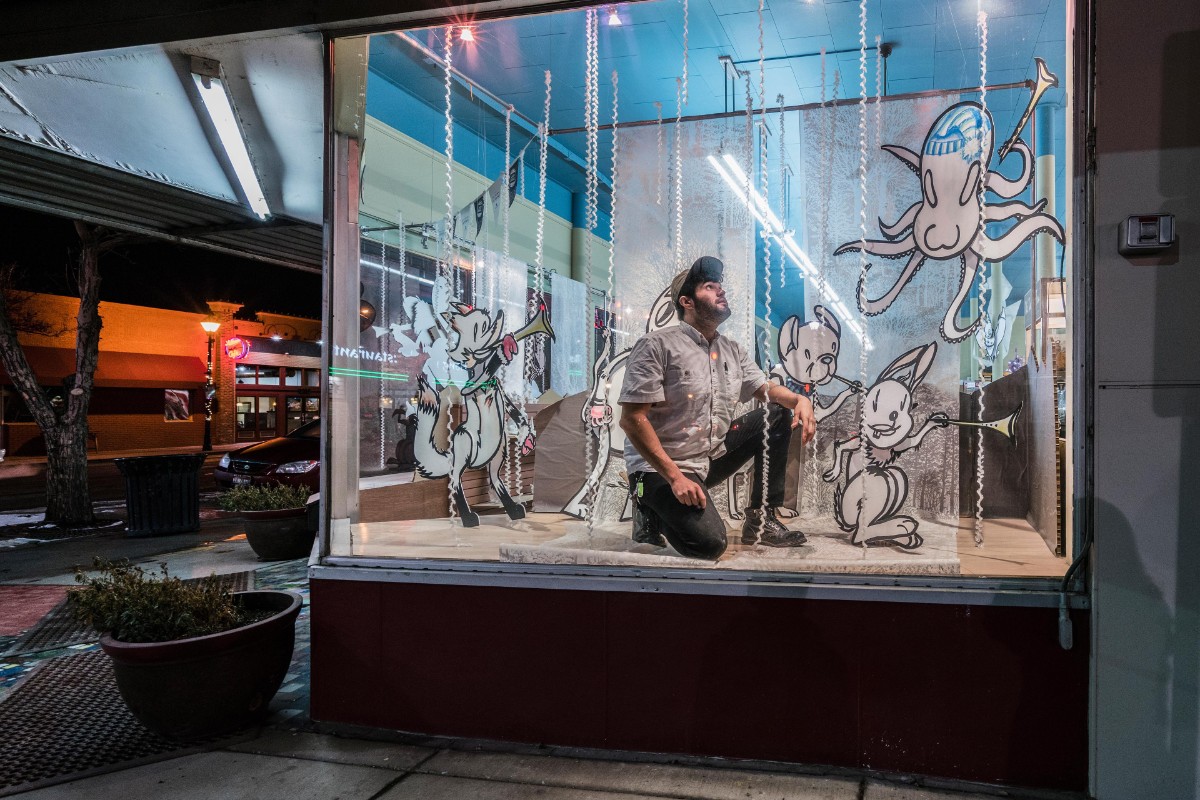
This pioneering store closed in 1820 when the trading partnership was dissolved. All major shopping streets in British cities had thriving department stores in the mid to late 19th century. The main customers increasingly became women.
How Retailers Can Keep Up With Consumers
Kdals (formerly Kdal Milne & Faulkner) in Manchester claims to be one of the first department stores and is still known to many of its customers as Kdal’s, despite the 2005 name change to House of Fraser. The Manchester institution dates back to 1836, but traded as Watts Bazaar from 1796.
The store had buildings on either side of Deansgate, connected by an underground passageway called “Kdals Arcade” and an Art Nouveau tiled dining room. The store was best known for its emphasis on quality and style rather than low prices, earning it the nickname “The Harrods of the North”, although this was partly due to Harrods taking over the store in 1919. Harrods of London can be traced back to in 1834, although the Currt store was built between 1894 and 1905. Liberty & Co. became popular in the 1870s through the sale of Orital goods.
The department stores in Paris have their origins in the magasin de nouveautés, or novelty store; the first, Tapis Rouge, was founded in 1784.
They flourished at the beginning of the 19th century. Their operation was described by Balzac in his novel César Birotteau. In the 1840s, with the coming of the railways to Paris and the increased number of customers they brought, they became larger and began to have large glass windows, fixed prices and price tags, and newspaper advertisements.
Online Shopping Statistics You Need To Know In 2023 [infographic]
A novelty store called Au Bon Marché was founded in Paris in 1838 to sell such items as lace, ribbons, sheets, mattresses, buttons and umbrellas. It grew from 300 m
(540,000 square feet) and 1,788 employees in 1879. Boucicaut was known for his marketing innovations; a reading room for husbands while their wives shop; extensive newspaper advertisements; children’s entertainment; and six million customer-published catalogs. In 1880, half of the employees were women; single female workers lived in dormitories on the upper floors.
Au Bon Marché soon had half a dozen or more competitors, including Printemps, founded in 1865; La Samaritaine (1869), Bazaar de Hotel de Ville (BHV); and Galeries Lafayette (1895).

The great writer Émile Zola (1840–1902) set his novel Au Bonheur des Dames (1882–83) in a typical department store and became a symbol of the new technology that society both improved and absorbed.
How To Sell Products Online: A Beginners Guide For 2023
The first David Jones department store was opened by Welsh immigrant David Jones on 24 May 1838 in a “large and spacious premises” on the corner of George and Barrack Streets in Sydney, NSW, just 50 years after the colony was founded. Expanding to a number of stores in several states of Australia, David Jones is the oldest continuously operating department store franchise in the world.
Other department stores in Australia include Grace Brothers, founded in 1885, now merged with Myer, founded in 1900.
Arnold Constable was America’s first department store. It was founded in 1825 as a small dry goods store on Pine Street in New York. In 1857 the store moved to a five-story white marble dry goods palace known as the Marble House. During the Civil War, Arnold Constable was one of the first stores to issue credit invoices to their customers monthly instead of semi-annually. The store soon outgrew the Marble House and erected a cast-iron building at Broadway and Nineteenth Street in 1869; this “Palace of Commerce” expanded over the years until it was necessary to move to a larger space in 1914. Financial problems led to bankruptcy in 1975.
In 1846, Alexander Turney Stewart founded the Marble Palace on Broadway between Chambers and Reade Streets in New York. It offered European retail goods at fixed prices on a variety of dry goods and promoted a policy of giving all cannabis customers “free trance”. Although it was clad in white marble to give it the appearance of a Raissance palace, the building’s cast iron construction allowed for large glass windows that allowed for large seasonal displays, especially during the Christmas shopping season. In 1862, Stewart built a new eight-story store on an entire city block downtown between 9th and 10th streets. Among his innovations were buying from manufacturers for cash and in bulk, keeping markups and prices low, truthful presentation of goods, one price policy (so there was no haggling), easy return and refund policy, cash sales. and no credit, buyers who sought quality goods worldwide, separation of departments, vertical and horizontal integration, volume sales, and free customer service such as waiting rooms and free delivery of purchases.
Best Stationery Stores In Tokyo
Marshall Field & Company was founded in 1852. It was a flagship store on what was then the busiest shopping street in the Midwest, State Street in Chicago.
Marshall Field’s also had a first; Among Marshall Field’s many innovations was the first European purchasing office, based in Manchester, a gland and the first marriage register. The company was the first to introduce the concept of a personal shopper and this service was offered for free in every Field’s store until the last days of the chain under
Where do businesses buy their products, where do retail stores buy their products, where do estheticians buy their products, where do pawn shops sell their gold, where do hairdressers buy their products, where do coffee shops get their beans, where do shops buy their stock, where do convenience stores buy their products, where do sports shops buy their stock, where do nail salons buy their products, where do salons buy their products, where do hair stylists buy their products
